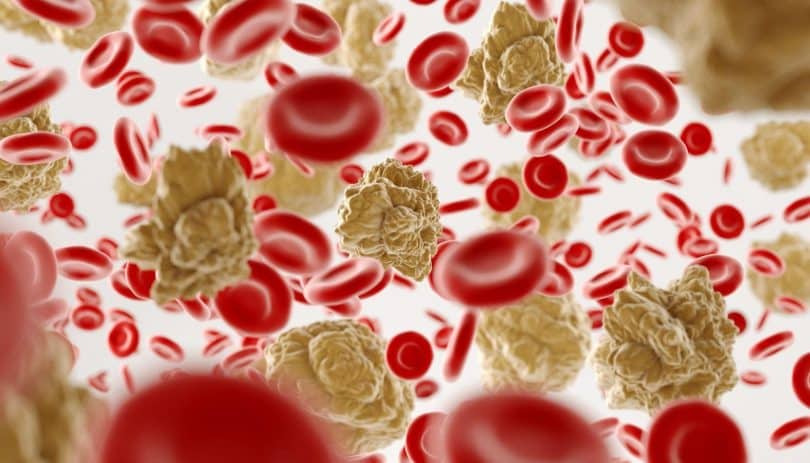You might have heard about the groundbreaking advancements in cell and gene therapies, but do you understand how they can cure illnesses? Daniel McCormick will delve into the existing landscape of cell and gene therapies and examine their possibility to revolutionize healthcare.
Contents
What are Cell and Gene Therapies?
These advanced treatments offer potential cures for both genetic and acquired diseases, such as cancer and inherited disorders, by addressing the underlying issue at a cellular or genetic level.
How Do They Differ from Traditional Treatments?
- Mode of action: Cell and gene therapies differ from traditional treatments by targeting the root cause of diseases by modifying or replacing defective genes or cells rather than just managing symptoms.
- Single treatment: Unlike traditional treatments that may require ongoing administration, cell and gene therapies aim to provide a one-time intervention.
What are the Current Advancements in Cell and Gene Therapies?
As the medical field continues to grow, advances in cell and gene therapies have been creating ripples in the therapy of different conditions and disorders. This section will examine these cutting-edge treatments and their possibility for enhancing healthcare.
CAR-T Cell Therapy
- Collection: White blood cells are removed from the patient’s blood via a procedure named leukapheresis.
- Multiplication: The modified CAR-T cells are replicated in the laboratory to increase their numbers.
- Infusion: The multiplied CAR-T cells are infused back into the patient’s bloodstream to target and destroy cancer cells as part of CAR-T Cell Therapy.
Gene Editing Techniques
- Identification of Target Gene: The exact gene to be changed is determined through comprehensive study and examination of different gene editing methods.
- Designing CRISPR/Cas9 System: The CRISPR/Cas9 technique is developed to target the specified gene, permitting specific gene editing to take place.
- Verification of Gene Editing: The edited gene is verified for accuracy and effectiveness using various molecular techniques, ensuring successful gene editing.
Stem Cell Therapies
- Research: Analysis of the advances in stem cell cures, including generated pluripotent stem cells and mesenchymal stem cells.
- Safety: Assess potential dangers associated with stem cell treatments and consult medical experts for personalized guidance.
What Diseases/Conditions Can Cell and Gene Therapies Treat?
Cell and gene therapies have been at the vanguard of medical procedures in current years, showing favorable results for a combination of conditions and situations. This section will examine the current topography of cell and gene treatments and the specific diseases and conditions they can target.
Cancer
- Early diagnosis: Timely screenings and tests for genetic mutations linked to cancer.
- Precision medicine: Tailoring treatment based on genetic markers and individual patient characteristics.
- Immunotherapy: Using the body’s immune system to fight cancer cells.
- Targeted therapies: Attacking specific abnormalities in cancer cells.
Autoimmune Diseases
- Current Treatments: Traditional medicines for autoimmune diseases often involve medicines such as corticosteroids or immunosuppressants.
- New Approach: Cell and gene treatments deliver a more targeted approach, seeking to change the immune system to address the underlying reasons for autoimmune disorders.
- Research Focus: Continued investigations explore the possibility of using gene editing methods to modify immune cells and restore immunity in autoimmune conditions.
What are the Challenges and Limitations of Cell and Gene Therapies?
High Cost
- Research and development costs are a major factor in the overall expense.
- The high cost is also impacted by manufacturing and logistics expenses.
- Clinical trial expenses for testing and approval add to the overall cost.
Limited Availability
- Expense: Limited availability due to high production costs, making therapies unaffordable for many patients.
- Specialized Facilities: Lack of facilities with the necessary expertise and technology for manufacturing and administering these therapies.
- Regulatory Hurdles: Stringent regulations and lengthy approval processes restrict the widespread availability of cell and gene therapies.
Potential Side Effects and Risks
- Immune reaction: The introduction of foreign genetic material may trigger the immune system, leading to inflammation or rejection.
- Off-target effects: Gene editing techniques could inadvertently modify unintended genes, causing unknown consequences.
- Overexpression: Therapeutic genes might be excessively expressed, resulting in abnormal cell behaviors.
What is the Future of Cell and Gene Therapies?
Potential for Personalized Medicine
- Genetic Testing: Analyzing an individual’s genetic makeup to identify genetic variations influencing their response to treatment.
- Targeted Therapies: Developing treatments tailored to a patient’s genetic profile, addressing specific genetic mutations or alterations.
- Precision Medication: Administering drugs in dosages and combinations personalized to a patient’s genetic makeup.
Expansion to Other Diseases/Conditions
- Research and Development: Scientists are analyzing the application of cell and gene therapies for a wider range of illnesses, including neurodegenerative disorders and cardiovascular conditions.
- Clinical Trials: Continuous tests evaluate the efficacy and protection of these treatments for disorders such as Alzheimer’s disease and heart failure.
- Regulatory Approval: As advancements continue, regulatory bodies consider expanding approvals for these treatments to encompass other diseases and conditions.
Improvements in Safety and Efficacy
- Enhanced Delivery Methods: Innovations in delivery systems, such as viral vectors or nanoparticles, improve precision and reduce off-target effects.
- Refined Gene Editing Techniques: Advancements in CRISPR technology and gene editing tools are reducing the risk of unintended genetic modifications.
- Improved Safety Profiles: Ongoing research is focused on minimizing adverse effects and ensuring long-term safety for patients undergoing cell and gene therapies.







